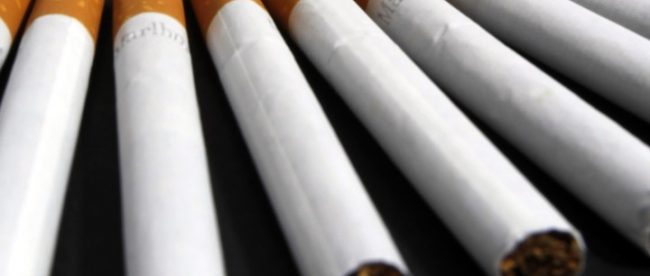Why You Can’t Perform Hamlet at the Bar

In the opening of 1993 movie Mrs. Doubtfire, Daniel Hillard — played by the incomparable Robin Williams — is in a sound studio, recording the voiceover for a Tom and Jerry-like cartoon (but featuring a parrot and a dog). Hillard, though, doesn’t complete the gig. Toward the end of the cartoon, the dog takes a cigarette and offers it to the parrot as part of its last rites, and while the bird at first resists, it ultimately enjoys the burning stick of cancer-causing stuffing. Hillard, objecting to this positive depiction of smoking, goes off-script and has the parrot complain about having to smoke. (You can watch the scene in two parts, here and here, if you’d like.) The objection falls flat because everyone else in the studio with him is smoking, but he refuses to continue the scene as-is and walks off the set.
That scene probably wasn’t controversial or even avant-garde at the time, but Hilliard’s take was, in a sense, prophetic. Over the last 25 years or so, smoking has become taboo across the United States and in many other places around the world. And we’ve seen many, many places passed laws hoping to stem second-hand smoke inhalation. For example, in May of 2007, Minnesota passed the “Freedom to Breathe Act,” which barred smoking in indoor public spaces and places of employment.
And it also turned drinkers into actors. Kind of.
The Freedom to Breathe Act, like most other indoor smoking bans, has a number of exceptions. You could still smoke in your hotel room, in tobacco shops, in commercial truck cabins, and in some other niche locations. According to the Minnesota Department of Health website, the law also “does not prohibit smoking in [ . . . ] theatrical productions, that is, actors and actresses who are smoking as part of the theatrical performance.” That makes sense — if you were performing a stage version of Mrs. Doubtfire, the opening scene wouldn’t work if you couldn’t have actors with lit cigarettes on stage. But absent from the list of exceptions was a place where a lot of people go to combine the vices of a cigarette and a drink — the bar.
And if you were a bar owner when the law went into effect that October, that was a problem: customers were threatening to stay home, drinking where they could smoke at the same time. But that’s where the exceptions came into play. The following March, the New York Times explained how many bars in the area had kept their smoking clientele:
Minnesotans have seized on a loophole in their state’s new law, which permits actors to smoke on stage during performances at theaters where the audience is otherwise barred from lighting up. In short order, dozens of bars around the state were declaring themselves to be theaters, with their patrons transformed into actors.
The plays weren’t very good, though. For example, Brian Bauman, owner of a nightclub called The Rock in a Minneapolis suburb, told NPR that his establishment’s nightly performance was a play “about a bar before the smoking ban. It’s an improv production with new actors every night” and there are no tryouts or anything like that. To join this show, all you need to do was come in and order a drink — and maybe light a cigarette, too.
If that seemed like a lazy solution, it was — and it didn’t work for long once authorities found out about it. Just a few days after the NPR story ran, a city attorney visited The Rock and warned them that the theatrical loophole didn’t apply. If the bar wanted to keep its liquor license, it had to ban smoking, and ultimately The Rock complied. Other bars followed suit shortly thereafter.
Bonus fact: Minnesota isn’t the only state with a smoking ban, but it definitely has some unique laws. For example, if you want to sell an American flag there, you better make sure the flag was made in the USA. Selling a foreign-made one can earn you a $1,000 fine.
From the Archives: How a Minnesota Town Bodyslammed Its Neighbor: Welcome to the temporarily-named Ventura, Minnesota.
